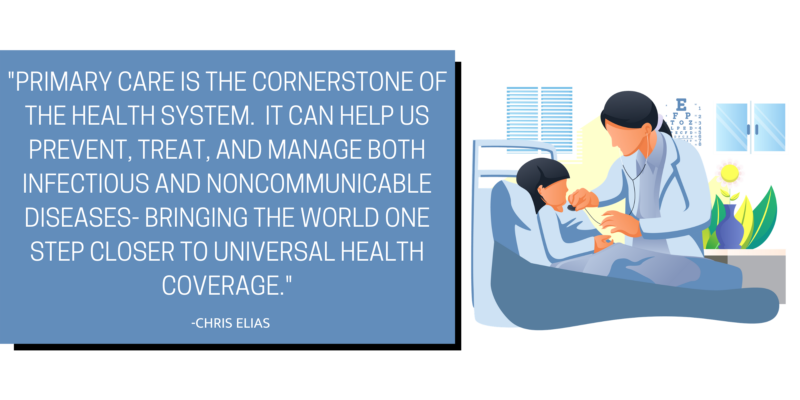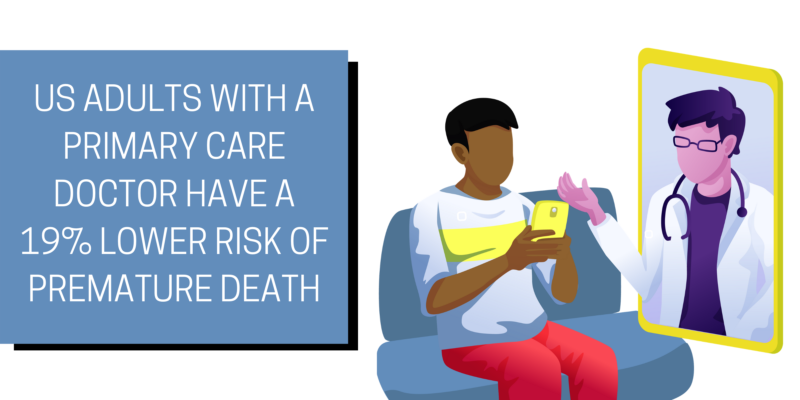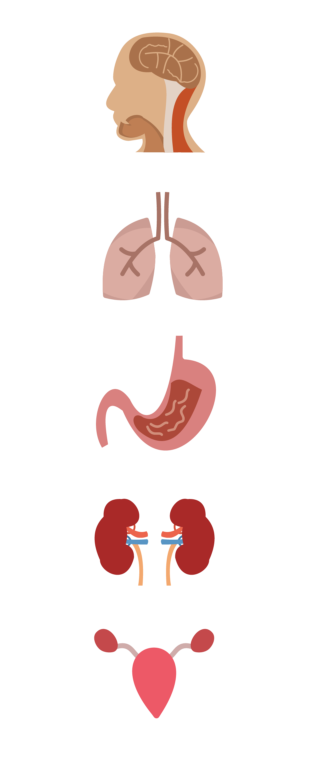Right now state medical boards are having a tricky time, while attempting to fulfill their duty to protect the public, determining how to adapt standards and regulations that have traditionally been adapted to a medical clinic or office to a new online medical model. State boards are particularly concerned about the following four areas:
- When a Physician-Patient Relationship Is Considered Established
- Patient Data Privacy
- Treatment and Evaluation Online
- Guidelines for When to Prescribe Certain Medications
Doctors who engage in telemedicine practices are held to the same high standards as doctors who are practicing in their offices. These doctors are expected to adhere to all of the same ethical codes including when it comes to prescribing antibiotics.
Establishing Physician-Patient Relationships
To establish a physician-patient relationship the patient must seek out the relationship and the physician must accept. The doctor must also fully disclose their credentials to initiate a relationship with their online patient. It really is that simple. That being said taking this initial step helps to keep the patient secure.
Patient Data Privacy
Technology does not always feel very secure and as these trends have emerged we have seen medical data breaches. It’s important to note, however, that as most medical records are recorded electronically it is possible for most medical data to be breached though highly uncommon. That being said in order for an online doctor to prescribe an antibiotic or any type of medicine that teleconference should be carried out through secured electronic conversations. Typically, these conversations happen through some form of secure videoconferencing technology. Emails texts and other types of online communication tools are not considered to be secured and are not typical ways in which to communicate with an online doctor.
Treatment and Evaluation Online
When it comes down to it, an online doctor will not prescribe medication without the confidence that he or she understands your needs. There are plenty of common ailments that don’t require very much evaluation time. Some sites will prescribe antibiotics based on the common ailment. Do you have a urinary tract infection? Is your child sick with an ear infection? These are the type of common requests that many doctors feel comfortable offering up an online prescription antibiotic. In other instances, you may not even need to have a diagnosis in order to obtain a prescription for an antibiotic. If you have a recurring case of bacteria and know exactly which antibiotic you need it is possible to head to a site like Push Health and simply enter in your state, zip code, and address and request a specific type of antibiotic directly. Services like this are convenient and fast and are a great option for when you need to get access to a specific antibiotic quickly and feel as though getting into a doctor’s office is not likely
Guidelines for When to Prescribe Certain Medication
Doctors prescribing online are just using their own discretion. Without an in-person evaluation, the doctor is relying on commonality and trust in the patient’s explanation of the ailment in order to make the judgment call. Some services like Hey Doctor make obtaining a prescription much more accessible and have predetermined services available many of which have standard set prices which are affordable. Services like Hey Doctor work because they are convenient and do not require extra evaluation time. If you are looking for prescription antibiotic services like this one may be what you need.
What Happens if My Online Doctor Is Uncertain?
Since you aren’t doing an in-person evaluation a doctor may not be 100% certain that your ailment is bacterial. Anbibiotics treat bacteria. When an online doctor is unable to ascertain whether your issue is bacterial, viral or fungal she may need to write a referral for a lab. Not all issues can be taken care of with antibiotics and it is not always wise to head back in for more and more antibiotics. Upon receiving the results of your lab your doctor can then safely proceed with or without a prescription for antibiotics.
When Should I Take Antibiotics?
Antibiotics are not always the best choice. Sure, antibiotics are convenient and take care of a lot of what ails us- bacteria, but they’re not always necessary. Lately, we’ve been hearing a lot about antibiotic resistance. This phenomenon occurs when an individual has taken too many courses of antibiotics in their lifetime. Antibiotics save lives and are absolutely necessary sometimes, but using antibiotics as a convenience to shorten the duration of an infection may not always be the wise option. Here are some things to ask yourself before pulling the trigger on antibiotics:
- Can my body fight off this infection on its own?
- Are there things I can be doing to prevent sickness?
- Have I taken my flu shot?
- How many times have I taken antibiotics this year?
- Is this a recurring problem that can be solved some other way?
Asking these questions may be just what is needed to prevent antibiotic resistance and help to save you of unnecessary GI distress down the road. If you can’t fight the infection or the infection is causing more complications then it is absolutely time to consider antibiotics.
Antibiotics are available online, and online doctors and online medical services are an affordable and convenient option if you are looking to solve problems without having to book an appointment with a doctor. Consulting with an online doctor about antibiotics may be just what is needed to get you back on your feet safely and quickly.







